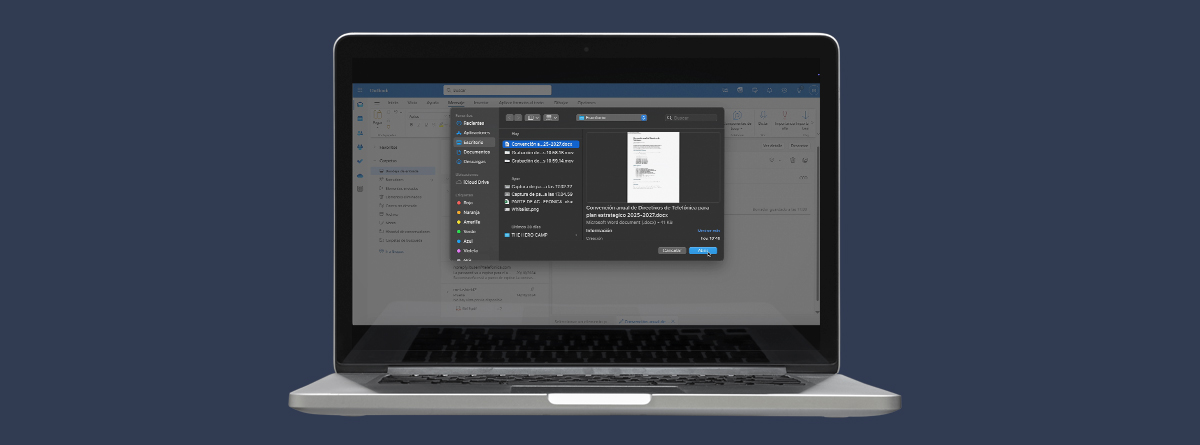Optimizing without limits: AI in digital advertising
Share

Harnessing the power of AI in the optimization of digital advertising campaigns revolutionizes the optimization path to achieve set campaign objectives.
In the fast-paced world of digital advertising, every click, every impression and every conversion counts. Being able to optimize advertising campaigns to achieve the best results is becoming increasingly difficult in a market context as saturated as the digital one, where every day we are impacted by thousands of ads.
Using artificial intelligence (AI) to optimize campaigns will become a fundamental strategy to be competitive and achieve the expected visibility. The application of AI in this advertising environment changes the way to reach the audience, the creation of advertising content and, of course, helps to maximize ROI.
Accurate segmentations in a cookie-free environment
Google’s elimination of third-party cookies in application of its Privacy Sandbox initiative represents a paradigm shift in the configuration of targeting, since cookies used to collect information about users in order to offer them personalized advertising. But this change, at the same time, is a challenge for marketers, as it forces us to rethink strategies and find new ways of targeting users.
ways to connect with our target audience.
Strategies based on ‘First-Party Data’ and the use of artificial intelligence to understand consumers are decisive for targeting. Thus, the possibility of applying algorithms that use artificial intelligence to create high-value segmentations is presented as a solution to this cookie-less context. Thanks to AI, these algorithms are able to analyze large amounts of user data to identify patterns and trends, always respecting privacy and allowing to reach specific, qualified and high-value audiences.
Personalization of the advertising message
AI capabilities can also help us create personalized advertising experiences that are relevant to users based on their interests and needs in contextual campaigns. This personalization, on the one hand, increases the likelihood that users will be more responsive and interact with the ad helping to achieve campaign objectives and, on the other hand, improves brand impact and perception by delivering contextualized content.
For example, at the creative level, AI can automatically and continuously perform A/B testing to determine which variation of ads, messages or calls to action are most effective. This real-time iteration allows for quick and efficient optimization of creative, gradually improving campaign performance.
Continuous improvement and adaptation
One of the greatest strengths we can see from AI is its ability to optimize ad campaigns in real time. It has an automatic ability to continuously improve and adapt as more data is collected, allowing it to adjust its models to improve the performance of advertising campaigns over time.
Machine learning algorithms constantly analyze ad and are able to make real-time adjustments. This includes bid optimization, audience targeting and budget allocation to achieve objectives in the most efficient way.
In short, being able to harness the power of AI in the optimization of digital advertising campaigns revolutionizes the path of optimization to achieve set campaign goals, helping us to significantly improve performance more effectively. Brands that embrace this technology and integrate it into their advertising strategies will be uniquely positioned to succeed in today’s online advertising landscape.
Paid & Own Media Lead Telefónica Innovación Digital. Especialista en campañas publicidad online, con experiencia de 10 años en ejecución, optimización y análisis en todos los canales digitales.





